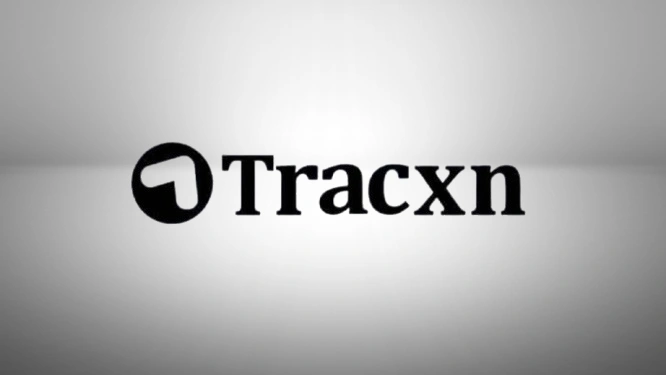Bengaluru-based data intelligence firm Tracxn Technologies has released its financial results for the fourth quarter of FY25, showing a mixed performance marked by minimal revenue growth and a swing into losses. The company’s revenue from operations stood at ₹21 crore in Q4 FY25, marginally higher than ₹20 crore in the same period last year (Q4 FY24), reflecting a sluggish 5% year-on-year increase.
For the full fiscal year, Tracxn’s operating revenue grew just 2%, reaching ₹84.5 crore in FY25, up from ₹83 crore in FY24. The firm continues to rely entirely on subscription-based revenue, providing clients with access to its research and data analytics platform, although it did not disclose a detailed quarterly revenue breakdown.
Rising Expenses Push Tracxn Into the Red
While revenue showed minimal growth, Tracxn’s total expenditures surged nearly 10% in Q4 FY25, climbing to ₹22 crore. The primary contributor to this increase was employee benefit expenses, which rose by 5.6% year-over-year to ₹19.36 crore, comprising 86% of the company’s total costs for the quarter.
This cost uptick led the company to post a loss after tax (LAT) of ₹8 crore in Q4 FY25, a sharp decline from a profit of ₹1.42 crore in Q4 FY24. On a full-year basis, Tracxn reported a net loss of ₹9.5 crore for FY25, compared to profitability in the previous fiscal.
Despite the losses, the company managed to report a profit before tax (PBT) of ₹73 lakh during the fourth quarter, aided by ₹1.5 crore in non-operating income. The total income for Q4 FY25 stood at ₹22.7 crore, while for the full year, Tracxn posted total income of ₹90.36 crore.
ESOP Grant and Market Valuation
In a move to bolster employee retention and engagement, Tracxn recently approved an Employee Stock Ownership Plan (ESOP) grant of over 2 lakh shares, valued at ₹41.6 lakh.
As of the most recent trading session, Tracxn shares were priced at ₹63, giving the company a market capitalization of ₹674 crore ($79 million).
Looking Ahead
While Tracxn continues to offer a valuable subscription-based data intelligence platform, its current fiscal performance highlights the need for cost optimization and stronger revenue traction. With rising employee-related costs and minimal top-line growth, the firm may look to innovate within its product and pricing strategies or explore diversified revenue streams to regain profitability.

